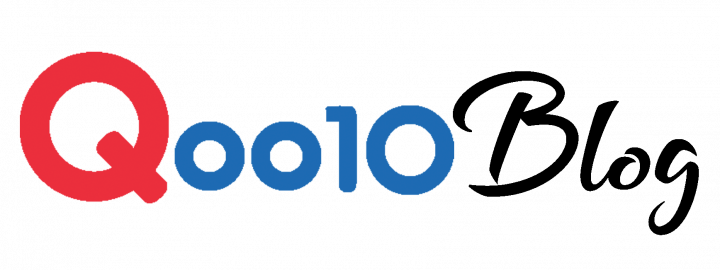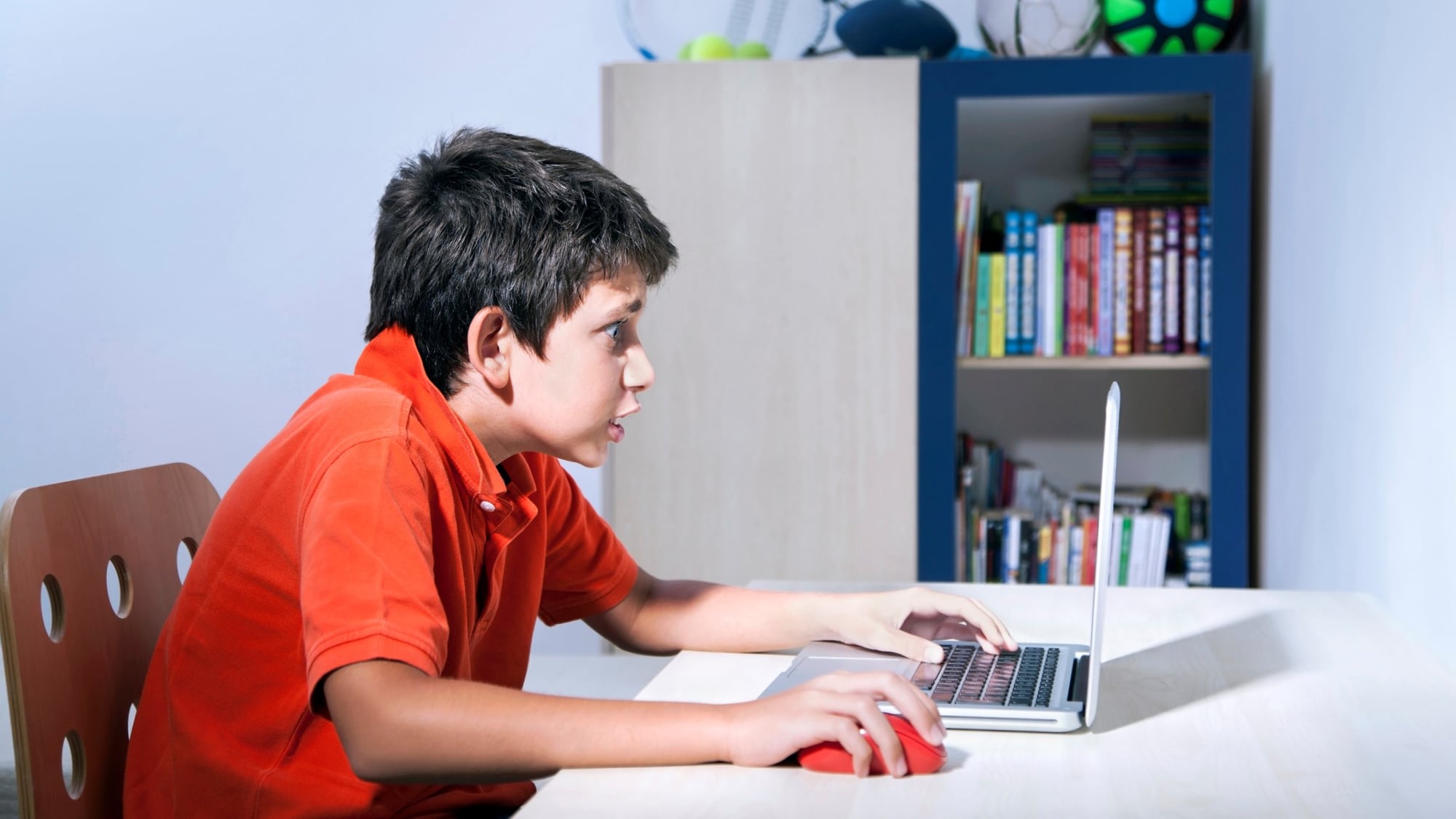Do also check out Part 2 here, where we discuss ergonomics at home. Stay tuned!
The conventional office worker sits at their desk anywhere from 6 to 10 hours in a typical work day, 5 days a week. This means that 35% of each day, and 70% of each week, is spent at that desk.
When you spend that much time in one space, it’s natural to want to make that space as comfortable as possible. And by that, we don’t mean bean bags and posters of your favourite Kpop artistes. We mean ergonomics.

It can be tempting to dismiss tired eyes, neck pain, wrist strains and back aches as first world problems that don’t need immediate rectification. Worse, people tend to ignore or misinterpret symptoms of un-ergonomic environments for clinical conditions. When left uncorrected, these problems can become lasting injuries in the longer term.
We’ve picked out a selection of ergonomic products that can improve a work space, and provide you with better posture and optimal resting positions.
Angled laptop stand
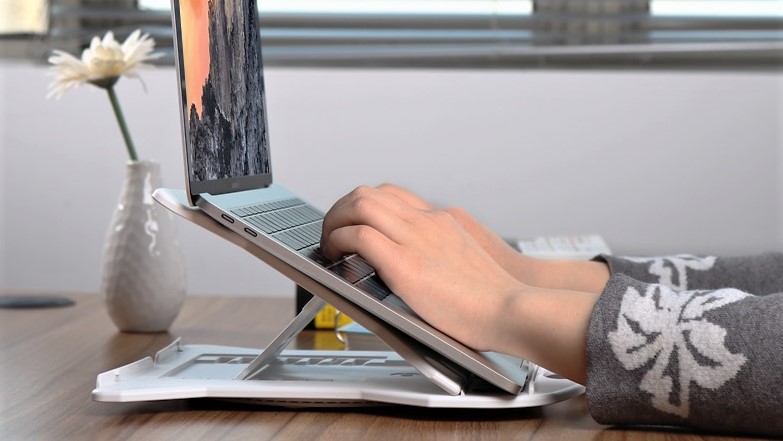
If you don’t already own one, chances are high that you’ve seen one of these prop-up stands on a co-worker’s desk. Raising a laptop can help to elevate the screen to a more comfortable eye level, preventing neck strain by having to look downwards all the time. With 7 notch levels bringing laptops to a maximum angled height of 17cm, stands like this can make laptops nearly vertical. Unless you plan to connect an external keyboard to your device, be careful not to raise it too high as to cause repetitive strain on your wrists.
Monitor riser/shelf

These compact frames have gained popularity in more recent years for its multiple uses. Aside from raising computer monitors to a more comfortable eye level, it also serves as a mini shelf to neatly store your commonly accessed tools and stationery at the end of each work day. If you like to keep things extra tidy, check out the dimensions of the frame first to ensure that your keyboard can fit comfortably into the bottom section, as shown in the image above.
Logitech MX Vertical Bluetooth mouse
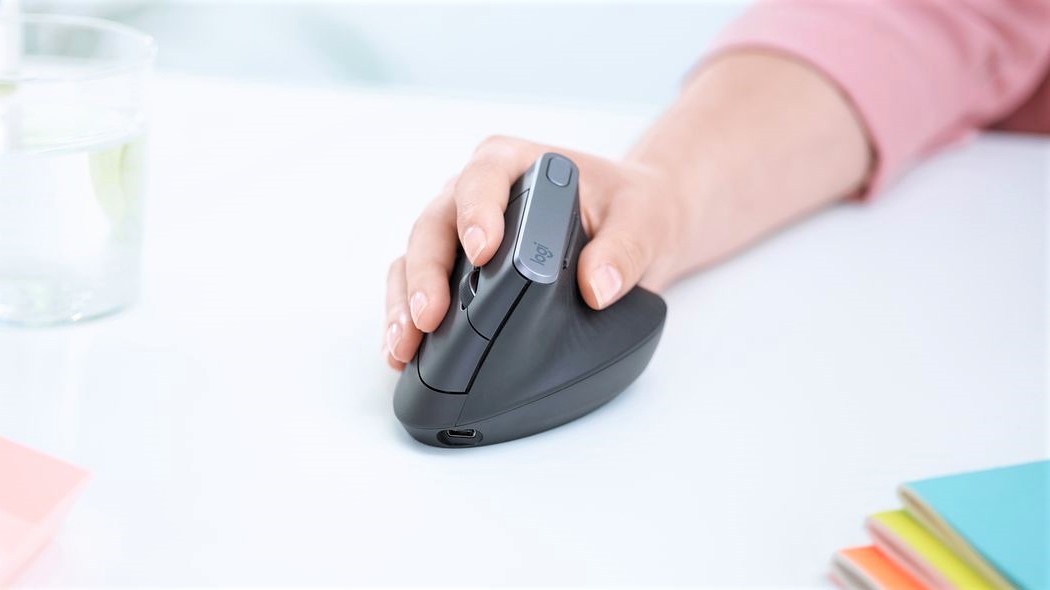
Despite its bulky, awkward look, the MX Vertical is Logitech’s attempt at introducing ergonomics into computer mice, a peripheral device that is used for hours everyday by billions, along with keyboards. By tilting the top of the mouse 57° to the right (it’s on their website, we didn’t make this up ok), Logitech lets you use the mouse in what they call a natural handshake position, “reducing muscle strain by 10 percent and promoting a more ergonomic posture”. Try it yourself by copying the hand position in the picture above! You’ll feel the difference in your wrist immediately.
Bamboo back cushion
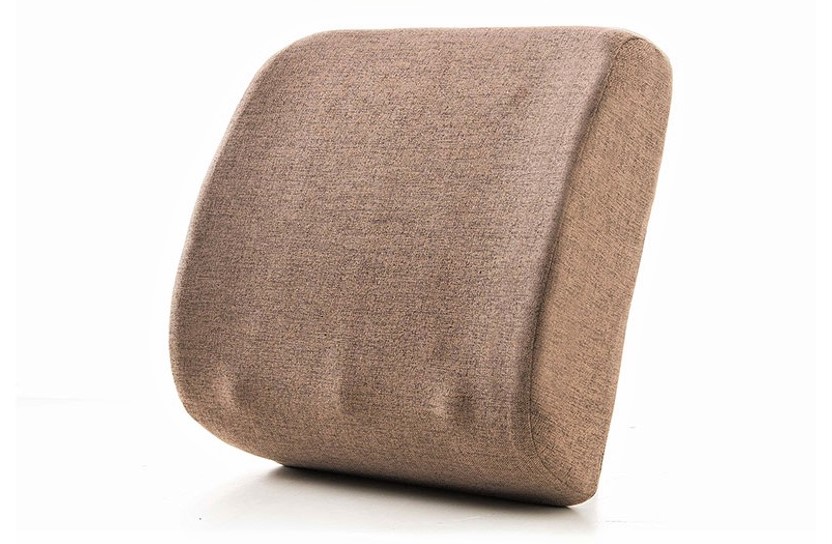
Lumbar support is one of the most fundamental concepts in ergonomic chair design. And yet, many office chairs either don’t provide for it at all, or else offer unhelpful solutions, with an insignificant cushion or protrusion around the lower back area that never seems to be enough.
Back cushions like the above, or older-style supports that look like a pair of lungs, brace your lower back to allow you to sit more comfortably in a chair for longer periods. This particular cushion advertises that it is made of bamboo memory foam, which absorbs odours while effectively dispersing heat with strategically placed air vents.
Inflatable foot rest
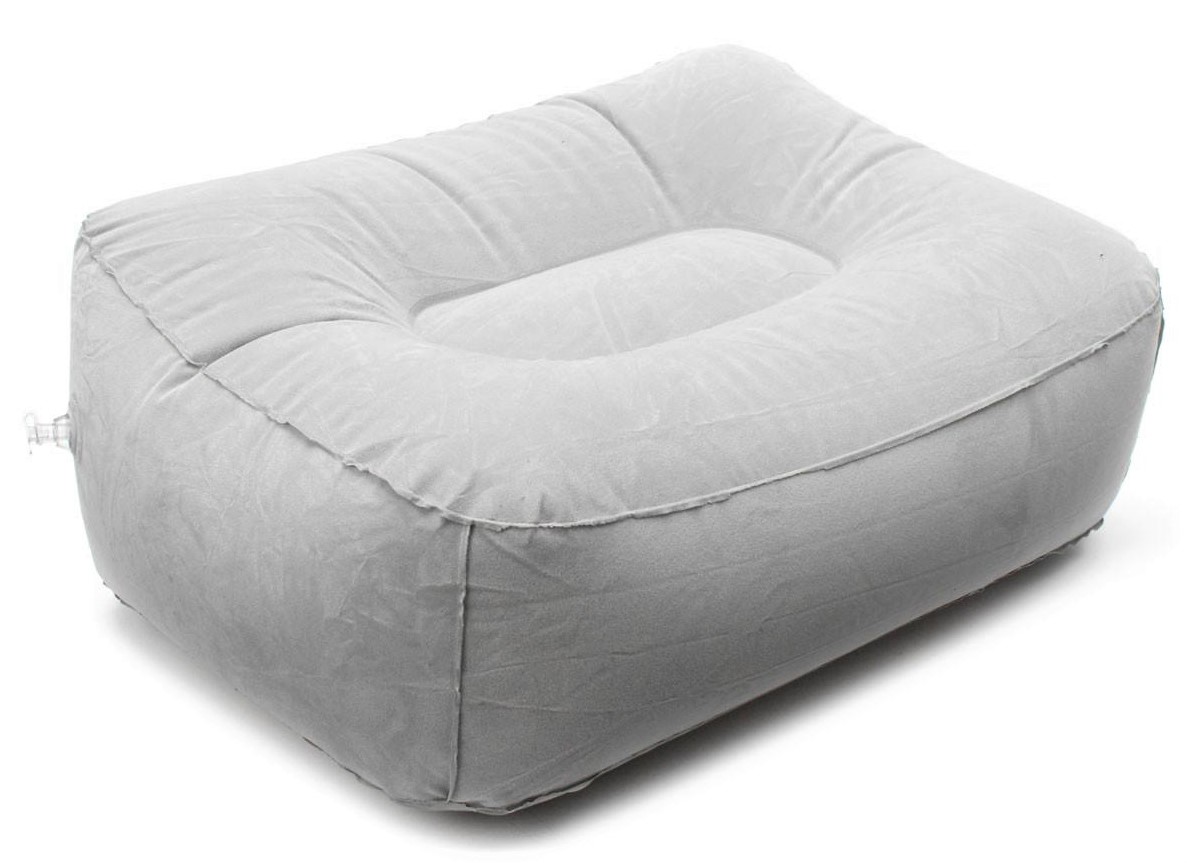
Instead of the usual angled foot rest (that coincidentally looks quite like the angled laptop stand we featured earlier), we thought you might be more interested in this inflatable version. Aside from being a lot more comfortable than hard plastic, it is also highly portable, folding into a palm-sized square when deflated. Bring one along in your travel bag when you get on long-distance journeys in planes, trains, and buses. Coupled with a neck pillow, you’ll be able to stay fresh for any itinerary at the end of that long ride.
Good ergonomics can go a long way in increasing your productivity and energy at work, by reducing physical strain on crucial parts of your body. And the good news is, most of the products featured above are very affordably priced, so you can try them out to see if it works for you.
What other ergonomic products have you found useful? Let us know in the comments below. And keep an eye out for part two of this topic where we discuss ergonomics at home!
